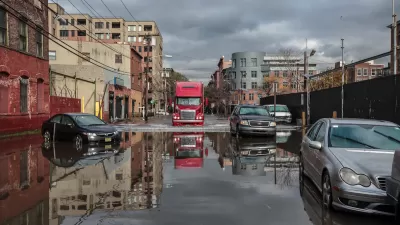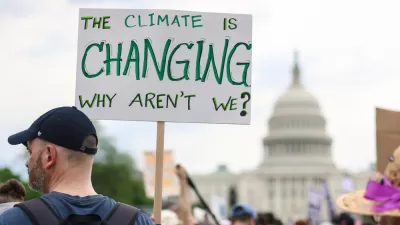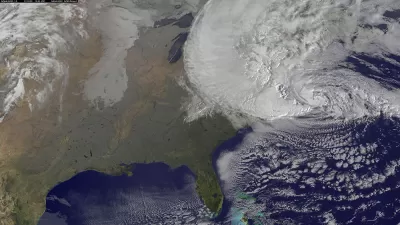Resilience, encompassing infrastructure, governance, economic strength, and social cohesion, is critical for cities to mitigate rising climate risks like flooding, wildfires, and heat, ensuring long-term recovery and adaptability.

As climate risks like hurricanes, wildfires, and sea-level rise become more frequent and severe, resilience — the ability of a community to recover and adapt — is emerging as a critical factor in determining where people choose to live. A house on high ground may avoid flooding, but without resilient infrastructure and governance, surrounding roads, utilities, and property values may still deteriorate. AlphaGeo, a climate modeling firm, highlights resilience through 28 factors such as infrastructure investment and social cohesion, creating a comprehensive view of how cities can withstand and rebound from climate-related adversity.
Cities like Norfolk, Virginia, and Placer County, California, exemplify resilience in action. Norfolk, plagued by rising seas and storm surges, has integrated sea-level rise into its urban planning, investing in flood walls, pump stations, and community-focused measures like home elevation. Meanwhile, wildfire-prone Placer County has implemented aggressive forest management and Firewise programs, demonstrating how proactive strategies can protect communities even in high-risk areas. Both regions showcase the importance of local leadership and innovative planning in tackling climate challenges.
Resilience is not solely about physical defenses; it also relies on economic strength, good governance, and social cohesion. Cities like Virginia Beach have made hard decisions, such as restricting development in vulnerable areas and raising taxes for climate mitigation. Additionally, strong community ties can significantly influence outcomes during crises, as seen in past disasters where neighborhoods with active social networks fared better. These examples underline the importance of both hard infrastructure and community-driven efforts in building climate resilience.
Ultimately, while no location is entirely safe from climate risks, a blend of robust infrastructure, smart public investments, and cohesive communities can mitigate impacts and sustain long-term prosperity. AlphaGeo’s data-driven insights provide a roadmap for homeowners and policymakers alike to navigate a volatile climate future, offering a clearer picture of how to align risk and resilience in choosing where to live and how to prepare for what is ahead.
FULL STORY: See if your city is poised to bounce back from the next climate disaster

Trump Administration Could Effectively End Housing Voucher Program
Federal officials are eyeing major cuts to the Section 8 program that helps millions of low-income households pay rent.

Planetizen Federal Action Tracker
A weekly monitor of how Trump’s orders and actions are impacting planners and planning in America.

Ken Jennings Launches Transit Web Series
The Jeopardy champ wants you to ride public transit.

Rebuilding Smarter: How LA County Is Guiding Fire-Ravaged Communities Toward Resilience
Los Angeles County is leading a coordinated effort to help fire-impacted communities rebuild with resilience by providing recovery resources, promoting fire-wise design, and aligning reconstruction with broader sustainability and climate goals.

When Borders Blur: Regional Collaboration in Action
As regional challenges outgrow city boundaries, “When Borders Blur” explores how cross-jurisdictional collaboration can drive smarter, more resilient urban planning, sharing real-world lessons from thriving partnerships across North America.

Philadelphia Is Expanding its Network of Roundabouts
Roundabouts are widely shown to decrease traffic speed, reduce congestion, and improve efficiency.
Urban Design for Planners 1: Software Tools
This six-course series explores essential urban design concepts using open source software and equips planners with the tools they need to participate fully in the urban design process.
Planning for Universal Design
Learn the tools for implementing Universal Design in planning regulations.
Ada County Highway District
Clanton & Associates, Inc.
Jessamine County Fiscal Court
Institute for Housing and Urban Development Studies (IHS)
City of Grandview
Harvard GSD Executive Education
Toledo-Lucas County Plan Commissions
Salt Lake City
NYU Wagner Graduate School of Public Service





























